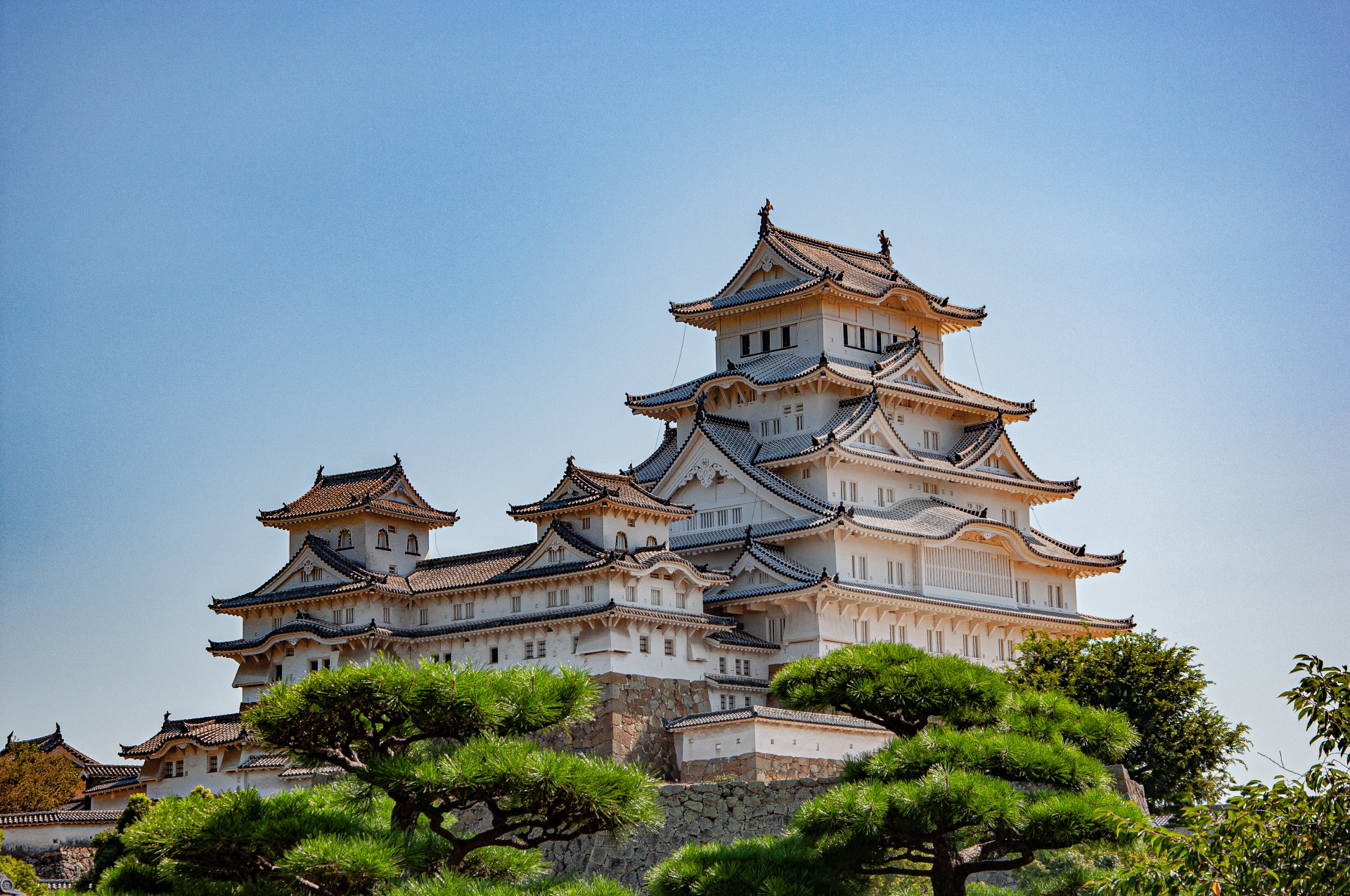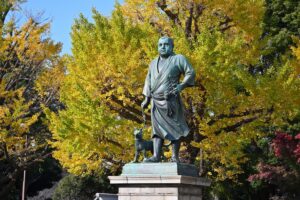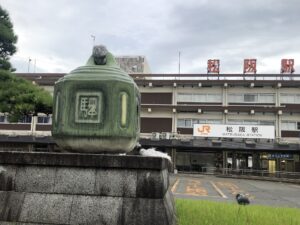Himeji Castle, a UNESCO World Heritage Site, stands as one of Japan’s most iconic and well-preserved castles. This guide provides everything you need to know for your visit, from its rich history and architectural marvels to practical travel tips and lesser-known facts. Whether you’re a history buff, a traveler, or someone planning their next cultural adventure, this article is your comprehensive resource.
Himeji Castle Overview
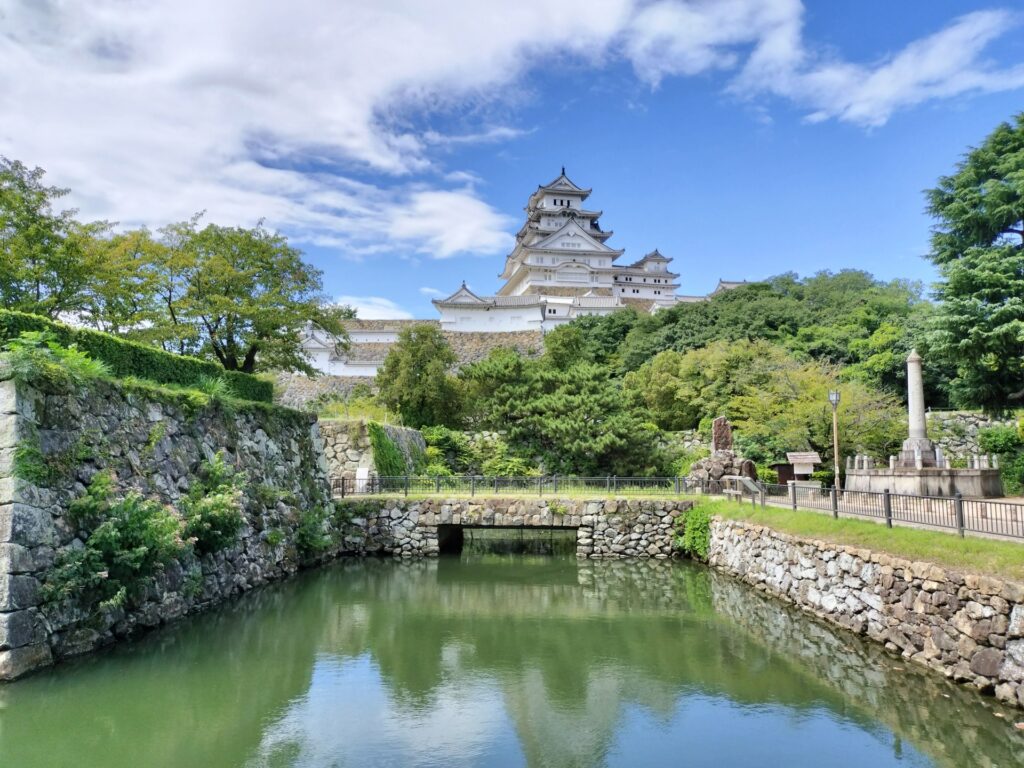
Himeji Castle, also known as the White Heron Castle due to its brilliant white exterior, is a stunning example of Japanese feudal architecture. This UNESCO World Heritage Site, located in Himeji, Hyogo Prefecture, is renowned for its elegant appearance and well-preserved complex. Visitors are drawn to its grand main keep, intricate defensive systems, and panoramic views of the surrounding landscape. The castle’s impressive blend of beauty and military ingenuity makes it a must-see destination for anyone interested in Japan’s rich cultural heritage.
History of Himeji Castle
The history of Himeji Castle dates back to 1333 when it was first constructed as a fort by Akamatsu Norimura. It was significantly expanded in 1581 by Toyotomi Hideyoshi and later completed in 1609 by Ikeda Terumasa, under the orders of Tokugawa Ieyasu. Throughout its history, Himeji Castle has played a crucial role in various historical events, including the Sengoku period and the Edo period. Its strategic importance and architectural advancements reflect the feudal era’s military needs and aesthetic preferences, making it a significant symbol of Japan’s historical evolution.
Source: 姫路城 年表 | 兵庫県立歴史博物館:兵庫県教育委員会
Architectural Features
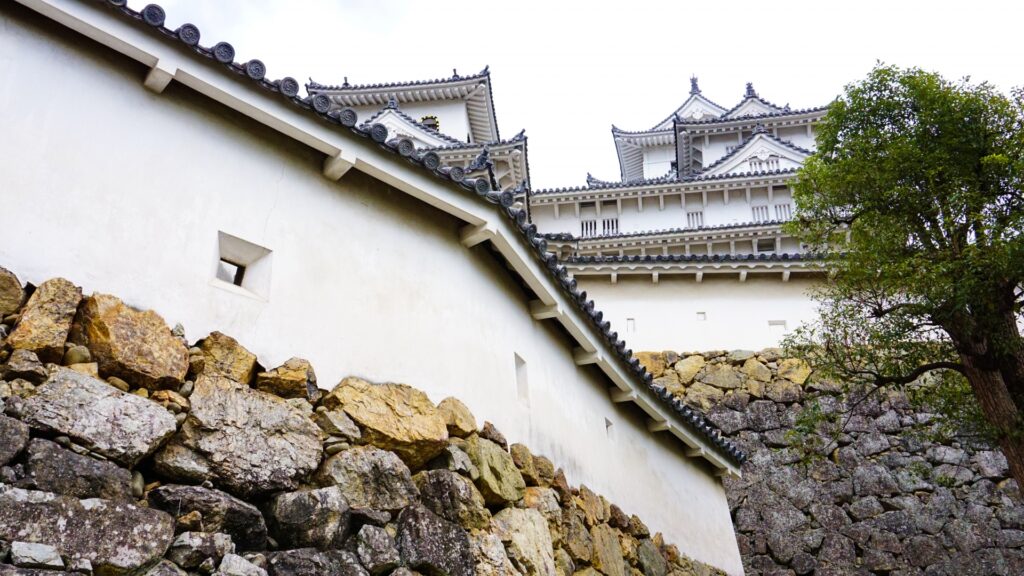
Himeji Castle is an outstanding example of Japanese castle architecture, featuring a unique blend of beauty and functionality. The castle’s design includes several defensive mechanisms such as moats, high stone walls, and strategically placed gates. The main keep, or donjon, stands at five stories tall, providing a commanding view of the surrounding area. The castle complex also includes numerous smaller towers, gates, and corridors that create a labyrinthine layout, designed to confuse and trap invaders. The intricate wooden interiors, adorned with traditional Japanese motifs, highlight the craftsmanship of the period.
Visitor Information
Opening Hours and Ticket Prices
Himeji Castle is open to visitors daily from 9:00 AM to 5:00 PM, with extended hours during the summer months. Tickets are priced at 1,000 yen for adults and 300 yen for children, with combination tickets available that include entry to the nearby Kokoen Garden.(as of 03/08/2024)
Getting to Himeji Castle
The castle is easily accessible from major cities like Kyoto and Osaka. From Kyoto, take the JR Shinkansen to Himeji Station, which takes approximately one hour. From Osaka, the journey by Shinkansen takes about 30 minutes. Upon arrival at Himeji Station, the castle is a 15-minute walk or a short bus ride away.
Best Time to Visit Himeji Castle
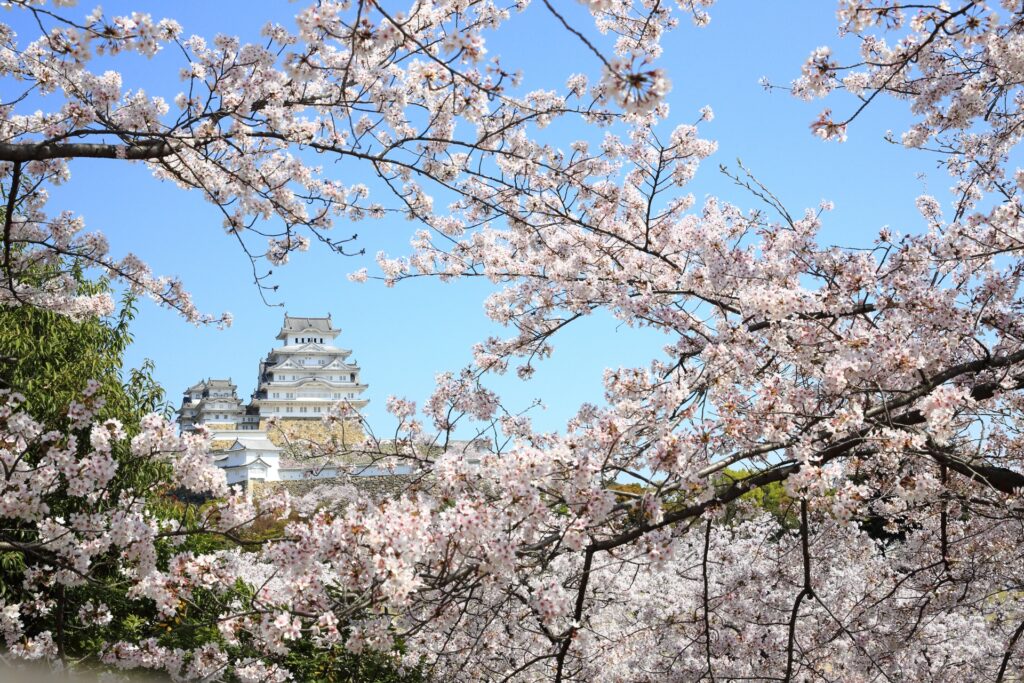
The best time to visit Himeji Castle is during the spring (late March to early April) when the cherry blossoms are in full bloom, providing a picturesque backdrop. Autumn (late October to early November) is another excellent time, as the surrounding foliage turns vibrant shades of red and orange. Visiting early in the morning or late in the afternoon can help avoid the crowds and provide the best lighting for photography.
Tips for Exploring Himeji Castle
Navigating the extensive grounds of Himeji Castle can be overwhelming, but with a few tips, visitors can make the most of their experience. Start at the main keep and explore the various floors, taking note of the historical artifacts and displays. Don’t miss the views from the top floor, which offer stunning panoramas of Himeji city. Nearby attractions like Kokoen Garden, with its beautifully landscaped grounds, and the Himeji City Museum of Art, are also worth a visit. For dining, local specialties such as anago (conger eel) and Himeji Oden are highly recommended.
Cultural Significance
Himeji Castle is not only a symbol of Japan’s architectural prowess but also a cultural icon. It has been featured in numerous films, TV shows, and even video games, showcasing its timeless appeal. The castle’s historical significance and aesthetic beauty have made it a beloved subject in Japanese culture, representing the nation’s rich history and artistic heritage.
Preservation and Environmental Efforts

Maintaining the pristine condition of Himeji Castle requires ongoing preservation efforts. Recent restoration projects have focused on structural repairs and conservation of the wooden interiors and exterior plaster. Environmental measures include the careful management of the surrounding landscape to protect the castle from natural disasters. These efforts ensure that Himeji Castle remains a treasured landmark for future generations.
Visitor Experiences and Reviews
Personal experiences and reviews from visitors highlight the awe-inspiring beauty and historical richness of Himeji Castle. Many visitors commend the well-preserved state of the castle and the informative tours available in multiple languages. Common tips include wearing comfortable shoes for the extensive walking and planning visits during off-peak hours to avoid large crowds. Overall, Himeji Castle is often described as a must-visit destination that leaves a lasting impression.
Accessibility Information
Himeji Castle has made significant efforts to accommodate differently-abled visitors. While the main keep’s interior can be challenging due to steep stairs, the castle grounds and surrounding areas are accessible. Wheelchair-friendly routes and rest areas are available, and detailed accessibility maps can be obtained at the entrance. These facilities ensure that all visitors can enjoy the historical and cultural experience of Himeji Castle.

